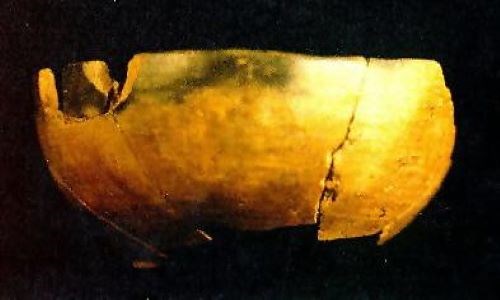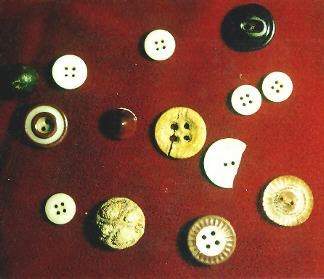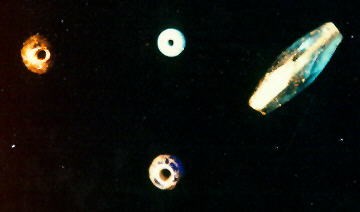Part of a series of articles titled African American Households.
Article
Finding Identity Through Material Culture: The Nash Site
Differences in the material culture of the Robinson and Nash sites illustrate the diversity within the African-American community in this area. Unlike the Robinson House artifacts, there were a variety of artifacts found at the Nash site that may indicate the practice of a traditional African religion. While quartz crystals, blue beads, buttons, colonoware, and marine shells are often found on slave sites which date to the early-to-mid nineteenth century, the presence of these items at the Nash site suggests these practices were maintained by free African-Americans born in the United States through the late nineteenth century. Continuing this tradition may have created an ethnic subculture which promoted individuality, pride, and courage to live in a world defined by white members of the community.

NPS
Originally believed to have been made only by Native Americans, Colonoware, a low-fired earthenware, has been found in African-American contexts on the East Coast of the United States, including African-American archaeological sites on Manassas National Battlefield Park. The photo is an example of Colonoware from the park.

NPS
The significant quantities of buttons found at the Nash site may have had more than a functional purpose. Buttons may have replaced the cowrie shell (not readily available in the area) which represented the movement of the sun for some Africans. They may have also been used for currenc

NPS
Not just functional, amber buttons found at African-American sites, like the one pictured in the upper left corner, may have been used to protect children and infants from harm. The single blue glass bead from the Nash site (top row, center) was possibly worn as protection against evil spirits.
Last updated: June 15, 2023
